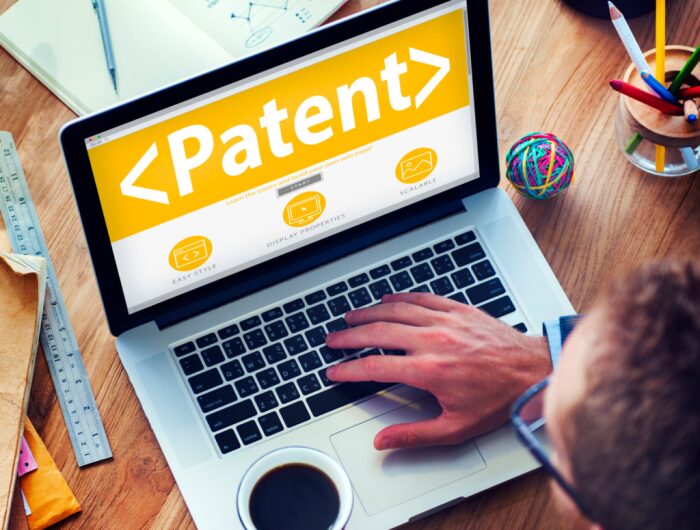
Analysts, inventors, and business visionaries are those that recognize an issue and work out a solution for the unequivocal reason for showing others their exciting plan. Should others embrace their solution, there is acknowledgment and surprisingly considerable financial profit.
A patent is one type of public acknowledgment for an innovation. Patents depict an exciting solution for an issue and adequate data about the plan that is practicable by others. However, there are various steps to get an idea patented, approved, and eventually put to use.
Things being what they are, how can you say whether you can get a patent on your invention?
1. Patent Is Only Given To The Real Inventor

A patent must be applied in the name of the actual inventor or co-creator of the idea. It isn’t sufficient to make a financial contribution to a product to be viewed as the inventor. You will still not be considered as an inventor even if you have employed the actual creator or he/she works for your organization.
Although a business will regularly claim the subsequent patent, the patent will be given to the person who conceived the idea and implemented it. Even if you thought about the innovation, that doesn’t really mean you own the patent.
However, you can be the patent owner if the inventor’s work contract contains a pre-task clause or if the patent was invented as a feature of the inventor’s job. In such cases, even though the patent will be given only to the inventor, the business may have authoritative rights to the invention.
Truth be told, if the person tries to sell, permit, or use the invention without the business’s consent, the company would most likely file a case for breach of agreement against the inventor.
2. Your Invention Should Have Utility
In contrast to a brand name or copyright, an invention should be “useful” to be qualified for a patent. Your idea must meet this condition under U.S. law and provide some advantage to the industry you are operating in and equipped for use. Not only in the U.S., almost every country sees utility as the primary criterion for an invention to get patented. Although most creations will want to meet this necessity, gadgets, for example, the perpetual motion machine, have been considered non-valuable and not qualified for patent security.
If you have an invention and you are confused about whether it is patentable, it is suggested that you must ask an expert. Visit Inventhelp’s Instagram to connect with them and ask inquiries about your patent requirements. The company can also help you to submit your patent request.
3. Your Invention Should Be Novel

Your idea should be new and blow the committee members in their seats. However, please note that it must not duplicate any previous invention any individual must have presented before the board. Once you know that your idea is ready to get patented, follow the application steps to schedule a meeting.
However, before the patent meeting, do not disclose your idea to the public. For instance, this could include marketing the idea or invention, press conferences, press articles, publications, or public displays. Any idea that operates without a patent is illegal. Therefore, it can make your idea entirely unpatentable if you market it without taking your invention through proper channels.
Hence, it is vital to stay quiet about one’s invention before documenting a patent request! You must focus on the organization’s internal processes, the employees involved, and where the innovation is being created, just as being mindful to remember privacy clauses for contracts with mechanical or business partners.
If the idea is disclosed through obliviousness of these classification conditions or following a theft, the actual patent holder might lose the opportunity and the fortunes that would follow. Kindly note! A detailed and complete portrayal of the development is a fundamental condition for acquiring a patent.
However, this depiction (which incorporates exposure of the creation) should be given solely after the patent solicitation is documented. Please do not disclose the process to an outsider or someone who does not know about your organization or who you cannot trust. Filing for a patent should be discrete and only involve people from the organization’s inner sanctum.
4. Industrial Application Of Your Invention
An invention should have modern industry application, which implies that it should have the option to be made or used in any sort of industry, trade, or agriculture.
An invention, as a specialized solution for a technical issue, should meet this mechanical application requirement. However, this condition does not apply to revelations and logical ideas that are further not counted as patents.
5. Your Invention Should Be Non-Obvious (Unique)

If you want to get your idea patented, it must be unique. Uniqueness is where the activity happens when you are attempting to get a patent on your invention. Your invention would, in all likelihood, be qualified for a patent if it is unique. Additionally, your vision must be new and not already presented before the committee. Nonetheless, if it is a conspicuous variation of the prior art, the court won’t give you a patent on your invention.
The patent framework is intended to urge inventors to educate others regarding inventions occurring globally and benefitting industries and stakeholders with the various use-cases it offers. However, once you have patented your idea, nobody can use it in their manufacturing process. It will be exclusive to you and your business. Therefore, you can mint as many profits as you can using our patented technology and grow your organization exponentially.
Conclusion
Knowing whether your invention is patentable is only the start of the patent cycle. However, once you decide to get your idea patented, you must look for comparable creations before and only then present your unique plan in front of the committee. There are likewise expenses and specifications during the application process, and you may require help to protect your patent from encroachment by others. You must take professional service before initiating the patent process to avoid any kind of error.








